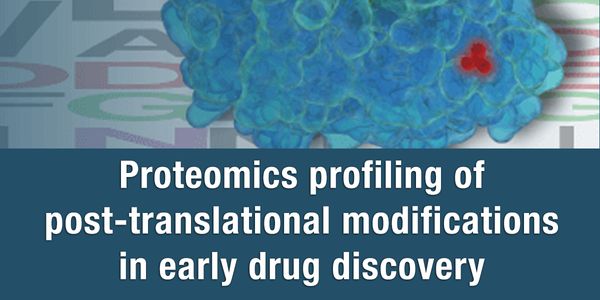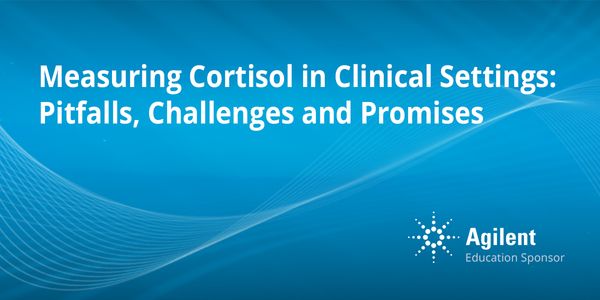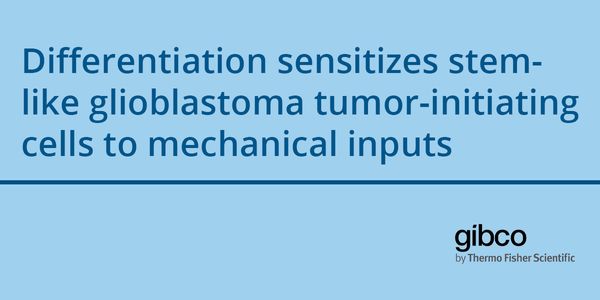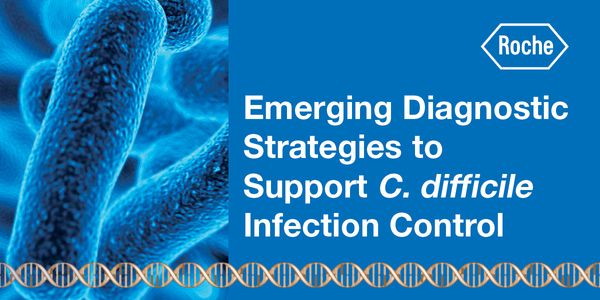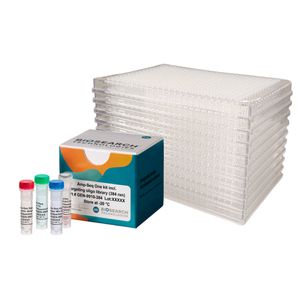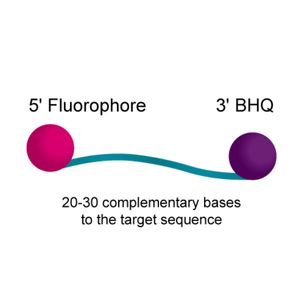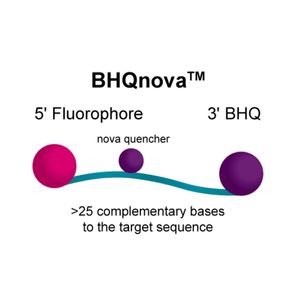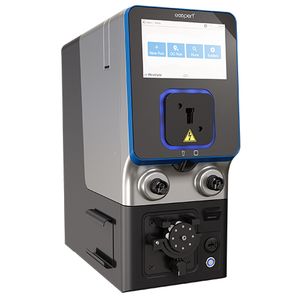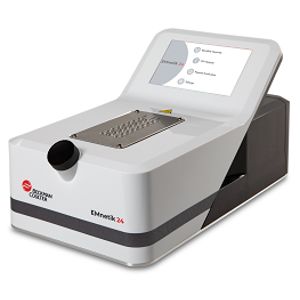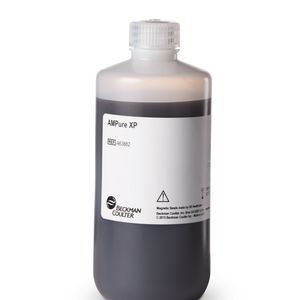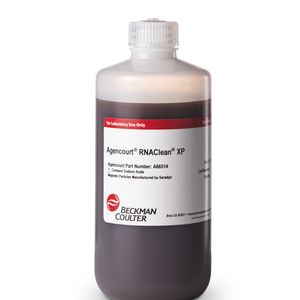WEBINARS
Our webinars allow users to learn from experts and earn continuing education credits on industry topics, progress in research, services available, and more.
Show More
-
MAR 27, 2018 | 9:00 AMDATE: March 27, 2018TIME: 09:00am PST, 12:00pm EST...
-
MAR 22, 2018 | 10:30 AMMarch 22, 2018 09:00AM PST, 1:30 pm EST Cortisol plays a central role in the diagnosis of adrenal excess/insufficiency and in theassessment of stress adaptation and relate...
-
MAR 22, 2018 | 9:00 AMDATE: March 22, 2018TIME: 09:00am PST, 12:00pm ESTGlioblastoma (GBM) is the most aggressive primary brain cancer, with nearly universal recurrence after treatment. GBMs are highly heter...
-
Antibody drug conjugates (ADCs) represent a novel method to deliver a drug to diseased cell using the specific antigen-binding capability and internalization process. Antibodies that do not i...
MAR 22, 2018 | 7:00 AM
DATE: March 22, 2018TIME: 07:00am PDT, 10:00am EDTClostridium difficile (C. diff) is a highly problematic healthcare-associated infection that is easily spread and often results in poor...
MAR 20, 2018 | 9:00 AM
After this webinar you will be able to;- Describe the key challenges of Heart Failure Discuss the differences between natriuretic peptides BNP and NT-proBNP for the diagnosis, stratif...
Autism spectrum disorder (ASD) is a complex group of individually rare neurological conditions with genetic and non-genetic causes. Despite the strong genetic component of ASD, it has been ve...
Cortical plasticity is the neural mechanism by which the cerebrum adapts itself to its environment, while at the same time making it vulnerable to impoverished sensory or developmental experi...
Determining the copy number of SMN1 and SMN2 genes is notoriously difficult due to the high level of homology between the two genes. These genes, that are associated with spinal muscular atro...
